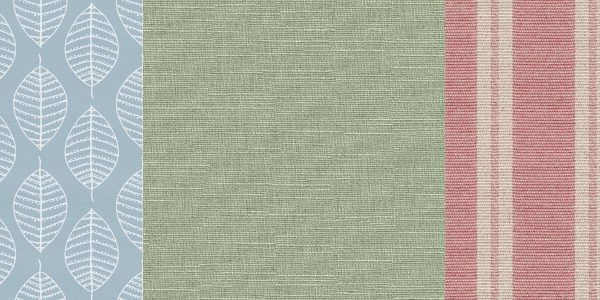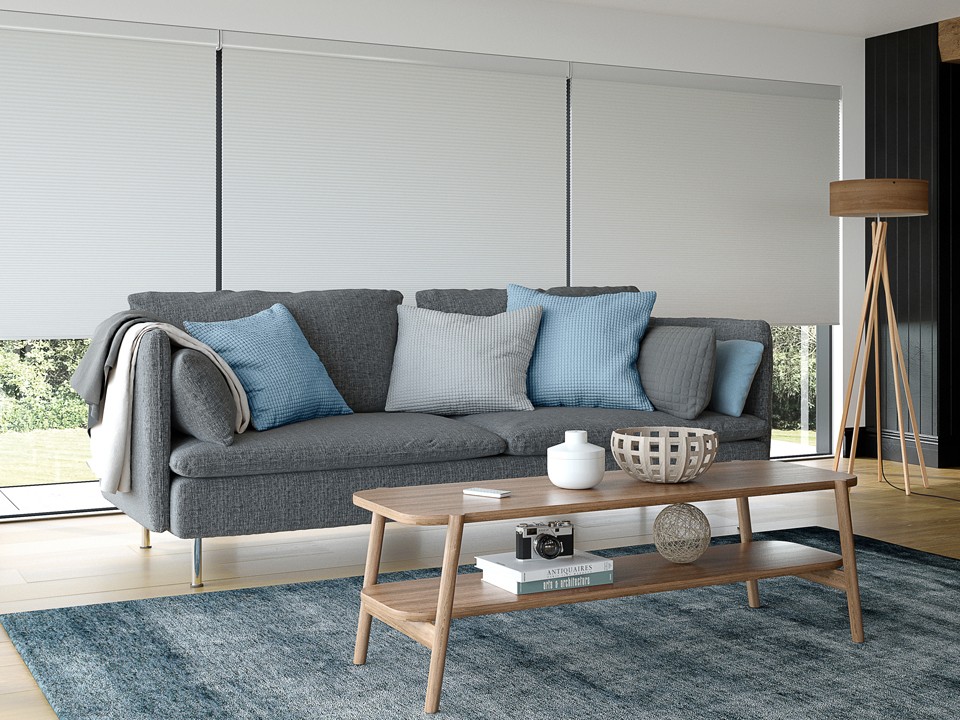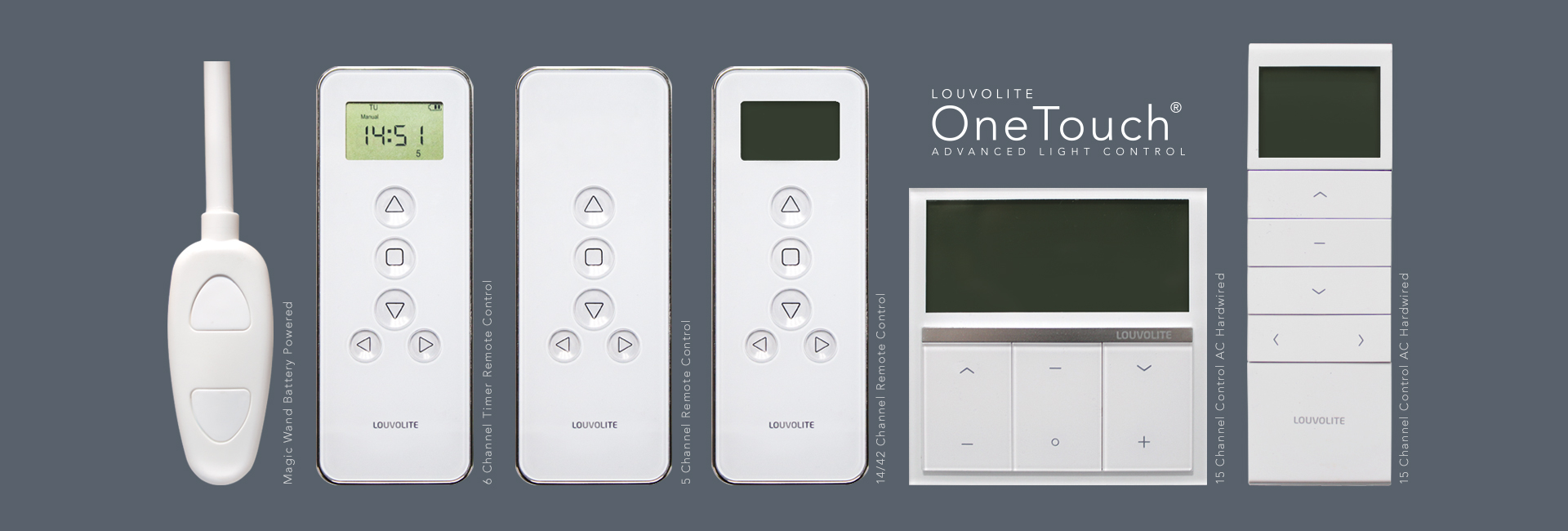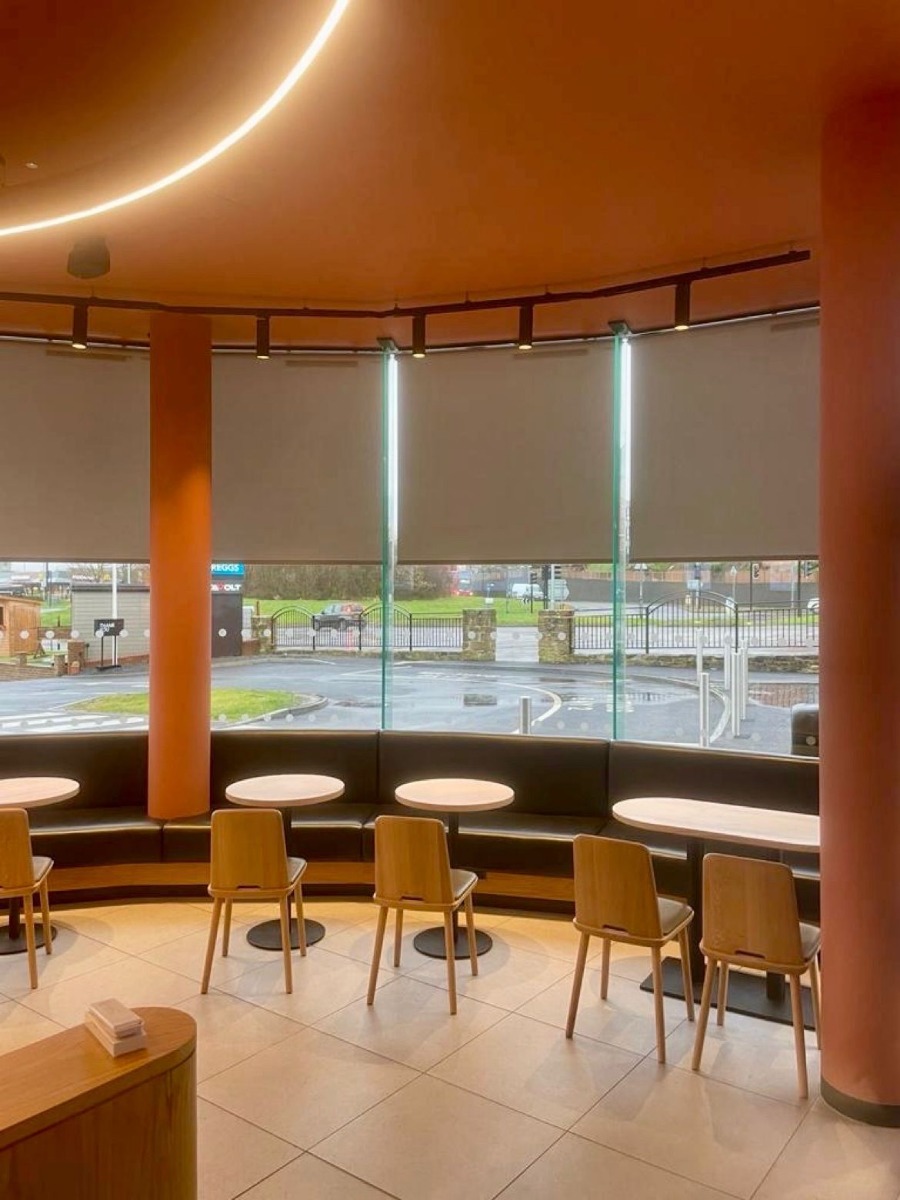Energy-saving blinds, also known as Cellular blinds, are commonly used to help insulate your home. They have increased in popularity due to the different styles that have come into the market. In recent times, the average household spends around £1,254 per year on power and heating, making it one of the most expensive costs for households in the UK. It’s been well-documented that those energy costs are only getting more expensive, thanks to political and economic events outside of our control.
With the current economic and climate crisis, experts have warned households will struggle badly to pay their heating bills as we face one of the coldest winters in recent years. The increasing energy prices will leave many families without the amount of warmth they need, so other measures to manage temperature control and heat retention must be explored.

That’s why it is important to consider energy-saving blinds during cold months, as they are a great secondary line of defence against cold air coming through your windows.
How They Work:
- The first step is understanding how energy-saving blinds work. It starts with its hexagonal structure within its makeup. Because of the makeup of the blind, it reacts with the air to create little air pockets in the blind. When the blinds are open, it slows down the thermal transfer from your windows.
- The air pocket created by the cell then creates a clever and effective additional insulation barrier to keep heat in and cold out.
- When wanting to let winter sunlight inside heat your house naturally, all you must do is pull up the blinds! Make sure to close your blinds in the evening to trap all the natural heat inside.
Energy-saving blinds are not just a quick fix for the winter, as their temperature-controlling properties work well all year round. With energy prices going up for the start of October, energy-saving blinds can save you up to 16% on your energy bills. Their design means they are durable and work well when installed. Energy-saving blinds are the only blinds which provide long-term temperature control for your home.
In the winter, a percentage of warmer air inside your home will transfer outside through your windows, leaving you with a colder home, making you turn up your heating, resulting in more expensive energy bills. However, thermal blinds create an effective barrier that reduces heat transfer, ensuring your home is warmer and more comfortable.

During the summer, energy-saving blinds are effective too. Outdoor heat transfers through windows and starts to warm your house up. Living spaces without efficient blinds will overheat and become too hot. The only way to cool down your home will be through air-conditioning or multiple fans, again increasing your energy usage in your home.
When using Cellular blinds, the amount of heat coming in through the blinds is regulated better, not overheating your home. Using cellular blinds results in less dependence on fans or air-conditioning in your home, reducing your energy bills and usage during the summer.
Regardless of the season, energy-saving blinds work hard to keep a balanced temperature in your home. They are efficient and come in many different blind styles. This helps customers pick the blinds for their home, supporting unique styles. Their durability also means that once installed, they will last many years. They are a great choice for the winter and essential for homes in the UK this Christmas.
If interested in energy-saving blinds and curious about how they may benefit your home, do not hesitate to get in contact and arrange a FREE home consultation.
Also, check out our current offers on energy-saving blinds, and our amazing autumn sale.
















